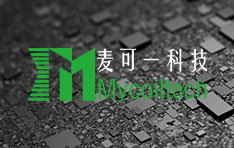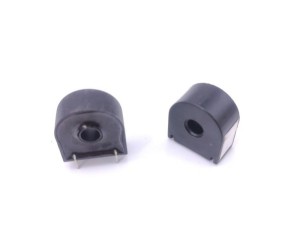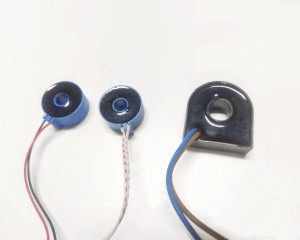blog categories
recent posts
blog tags

Electric power system of high voltage current transformer is mainly to transform high voltage in the grid signal into low pressure low current signal, not only can be for the monitoring system, automatic devices, measurement and relay protection of unified specification of current signal, also can effectively meet the electrical isolation, to ensure the safety of electrical appliances and personal.

High voltage current transformers can be mainly divided into electronic type and electromagnetic type according to their different principles.
Electronic current transformers can be divided into passive and active magneto-optical glass types according to different working modes of sensors.
Electromagnetic current transformers can effectively exchange current through different electromagnetic induction. Because electromagnetic current transformers have been widely used in the whole power system, there are two common saturation types of current transformers, transient saturation and steady saturation. Steady state saturation will eventually enter the transformer area because the primary current value is too large, resulting in the secondary current cannot be normally converted into the primary current. The transient saturation will enter the saturation area of the CT due to the existence of a large number of aperiodic components.
The structure of electromagnetic current transformer is similar to that of transformer. It is mainly composed of iron core, primary winding, secondary winding, insulation material and other accessories. The primary winding is usually made of copper or aluminum, and the secondary winding is generally made of lacquered copper wire. The commonly used materials for iron core are cold rolled silicon steel sheet, permo alloy and ultramicro alloy. Cold rolled silicon steel sheet is the cheapest and the most widely used. It is not only suitable for the manufacture of current transformers for protection, but also for the manufacture of current transformers for measurement. However, the transformers made of it often have low accuracy. Permo alloy and ultramicro alloy are mainly used in the manufacture of transformers with high precision requirements. Permo alloy is a kind of Fe-Ni alloy with high permeability under weak magnetic field. It adds some other elements on the basis of Fe-Ni to increase the resistivity of the material and reduce the eddy current loss after making the iron core. Moreover, the addition of elements can also improve the hardness of the material. Permo alloy has high initial permeability, low coercivity and stable magnetic properties, but its price is expensive, processing and heat treatment are complicated, and the loss and effective permeability are not ideal when the frequency is greater than 10kHz. Ultramicrystal alloy is a kind of soft magnetic material discovered in the 1980s. It is made by using the process of making amorphous alloy, first obtaining the amorphous material, and then obtaining the microcrystal with the diameter of 10 ~ 20nm after heat treatment. It has better comprehensive properties than crystalline and amorphous alloys. Ultramicrystalline alloy has high saturation magnetic induction intensity and initial permeability, low loss, good stability, and is cheaper than permoalloy. The transformers made of ultramicrystalline alloy are small in size, light in weight and high in precision. The common core types of current transformers include laminated core, coil core, and open core. Laminated iron core is composed of iron chips made by punching shear. It is mainly used for small current transformers of 35kV and below. Coil core has circular shape, flat shape and so on, mainly used for 35kV and above large current transformers. Open core with air gap, mainly used for transient protection of current transformers.
The basic working principle of electromagnetic current transformer is similar to that of transformer, but it has its own characteristics.
Ⅰ.The primary winding is in series in the circuit under test, and the number of turns is very small, only one or several turns, so the primary current value is only affected by the parameters of the primary circuit, and has nothing to do with the magnitude of the secondary current.
Ⅱ.The load of the secondary winding of the CT is the current coil of measuring instruments and relays, and the impedance is very small. Therefore, during normal operation, the CT operates under the condition of near short circuit, and the magnitude of the secondary current is determined by the primary current, which is hardly affected by the secondary load.
When current 1 flows through the primary winding of the current transformer, induced electromotive force will be generated in the secondary winding due to electromagnetic induction. If the secondary winding forms a loop through the measuring instrument and current coil, the secondary winding will flow through current 2.
At present, intermediate taps are drawn from the secondary winding of many current transformers used for measurement to change the number of turns of the secondary winding and obtain different rated current ratios. For current transformers of 110kV and above, in order to adapt to the change of primary current and reduce product specifications, the primary windings are usually divided into several groups, such as two or four groups. The connection mode can be changed into series or parallel through switching to obtain different rated current ratios.
We manufacture various precision current transformers and voltage transformers, which are widely used in electric power, energy, telecommunication, railway, industrial control and other fields.
If you have any needs, pls be free to contact us, we welcome customers to customize.
Email: sales008@mycoiltech.com
Sales engineer: Bob Bao
Tel: +86 551 6291 5885
